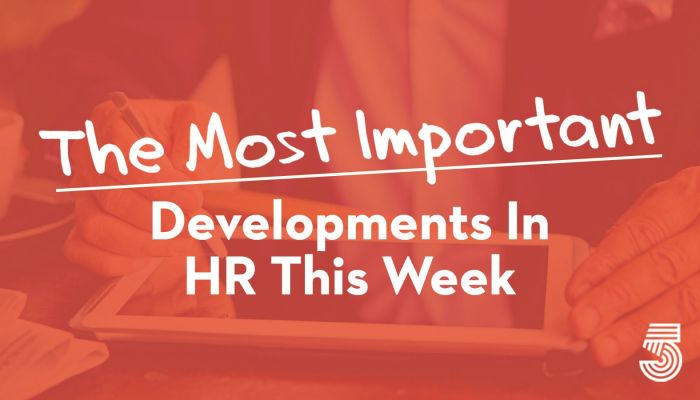The MID, as we call it, is curated by our editorial team from more than 50 news sources. Like a lot of good ideas, this started as something I wanted for myself. If I can’t read everything, I at least want to stay abreast of the most important developments.
This week in HR, we found out people losing their jobs for vax refusal won’t get unemployment benefits, Microsoft’s Kathleen Hogan was named HR executive of the year, jobs outpaced hiring, and we learned remote collaboration and retention should be top priorities.


As businesses and lawmakers increasingly require workers to get a Covid-19 vaccine, thousands of holdouts are losing their jobs — and they likely can’t collect unemployment benefits. “If you don’t want to be vaccinated, don’t have a religious or disability exemption, and you lose your job, chances are you will be found ineligible for unemployment compensation,” said Christopher Moran, a partner and employment attorney at law firm Troutman Pepper Hamilton Sanders. Workers qualify for unemployment benefits in cases of “eligible job separation,” according to Anne Paxton, an attorney and policy director at the Unemployment Law Project, which represents individuals in appeals cases when their benefits have been denied. States somewhat differ in their definitions. In most, workers can collect benefits after they are laid off, quit a job for “good cause” or get fired for a reason other than “misconduct,” Paxton said. However, a labor agency would likely deem refusal to comply with a vaccine mandate as “misconduct,” she said. Losing one’s job as a result would therefore likely disqualify a worker from benefits (if the refusal hadn’t been for a medical or religious reason). Similarly, quitting to avoid a mandate would also likely not be viewed as “good cause.” CNBC


In the late aughts and early 2010s, as other tech firms began outpacing it in mobile computing, social media, and gaming, Microsoft was in danger of losing its status as one of the world’s most innovative companies. And the organization’s huge culture problem, which was wreaking havoc internally, was mostly to blame. Employees were deeply competitive with one another. Workers were critical of themselves and of each other. There were internal political battles. Departments were siloed. A former employee’s cartoon drawing of the company’s org chart — depicting the departments pointing guns at each other — was hard to ignore. “Satya [Nadella, who became Microsoft CEO in 2014] netted it out the best when he said we had become a bunch of know-it-alls, when we really needed to be a bunch of learn-it-alls,” says Kathleen Hogan, executive vice president, human resources, and chief people officer at Microsoft, and HRE’s 2021 HR Executive of the Year. HR Executive

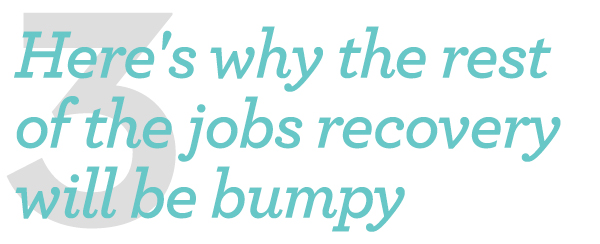
Friday’s jobs report will shed some light on whether August’s disappointing numbers were just a blip — or the start of an unwelcome trend. Either way, the recovery could be bumpy until America gets all the way through the Covid crisis. “The pandemic has always been in the driver’s seat of this recovery,” said Nela Richardson, chief economist at ADP, during a call with reporters Wednesday. “The name of the jobs recovery game is still ‘uneven.'” Last year, the labor market was quite fragile, and during the colder months, the battered leisure and hospitality industry lost jobs — something that could happen again this year. Meanwhile, hundreds of thousands of women left the labor force in September 2020 as children returned to virtual classrooms and parents had to step in as teaching assistants. Whether either of these phenomena return remains to be seen. Economists polled by Refinitiv predict half a million jobs were added to the economy last month, revised up from previous estimates of 473,000 additional jobs. The unemployment rate is expected to tick down to 5.1%, just a hair below the August rate of 5.2%. That would be more than double the disappointing 235,000 jobs that were added in the August report, which underperformed expectations by about half a million. CNN
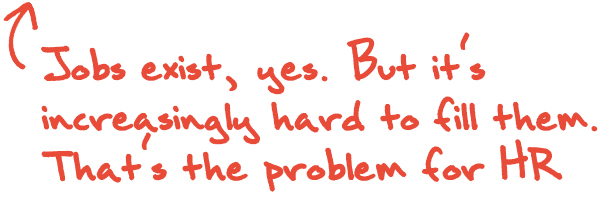
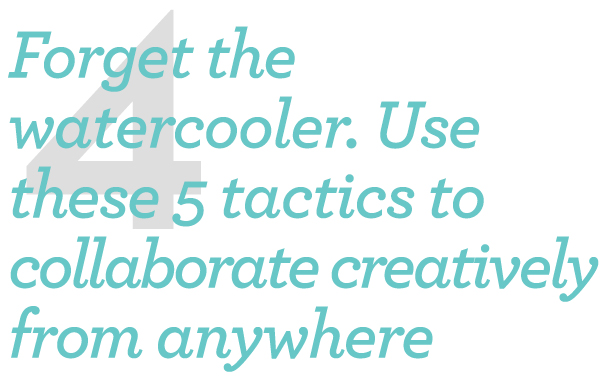
When we were working in person on a regular basis, we could rely on water-cooler moments, or catching up with someone spontaneously in the hallway to pitch an idea or ask a question. So how do we make collaboration work in the context of digital interfaces? Collaboration is best when: You work with people who are different from you. Collaborating can cause friction, the net result of friction is energy. You practice acts of translation. Is your organization suffering from a malady of alphabet soup, so much so that you barely remember what the acronyms stand for? Then, simplify, translate, and consequently invite others to play and join the problem-solving process. You ask good questions. You improvise. Embracing improvisation introduces serendipity and happy accidents. You are kind. Don’t be a jerk. Flow, sharing, and actively listening are a lot easier when we are in environments with people who are genuinely interested in what we have to say. Fast Company

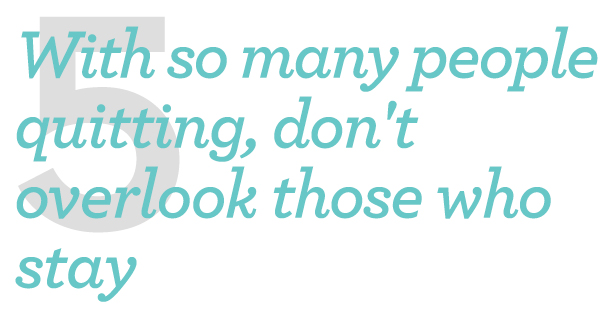
For anyone who doubted, the data is in. The Great Resignation is real and it’s happening. The U.S. Department of Labor reports that during the months of April, May, and June 2021 a total of 11.5 million workers quit their jobs. And it’s not over. According to Gallup research, 48 percent of employees are actively looking to make a change. Those looking will find ripe opportunities; in June the U.S. hit an all-time high of 10.1 million job openings. What does this all mean to your organization? You are likely juggling two pressing needs: hiring to backfill people who have left and hiring new people to support business growth. The scarcity is real — too few people for too many jobs. The imbalance of this supply-demand highlights more than ever that productivity is about people. The best way to stabilize your business is to stem the tsunami of attrition and increase your retention. In the frantic need to hire more people, the group we often forget to attend to are the folks who stay — those showing up day-in and day-out shouldering the work that needs to get done. Think about what these people — the ones who are here, working for and with you — need now. HBR







